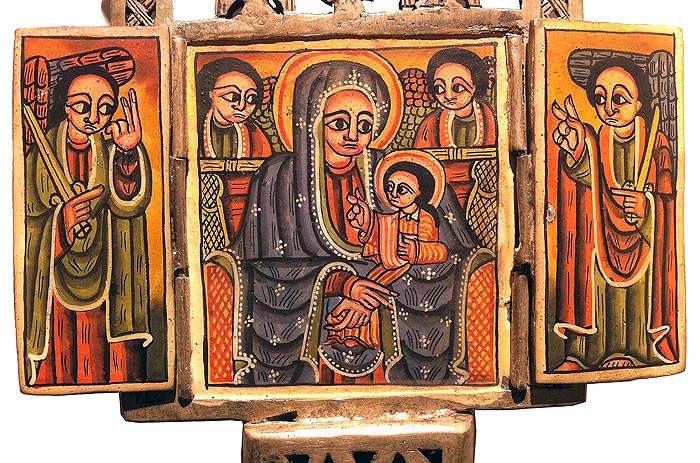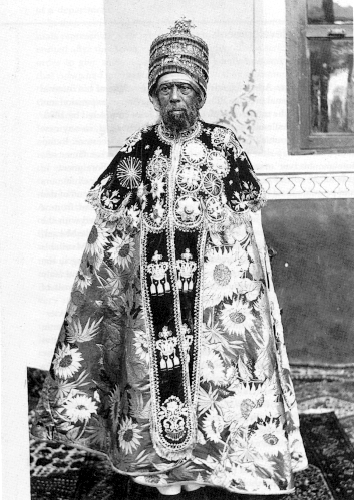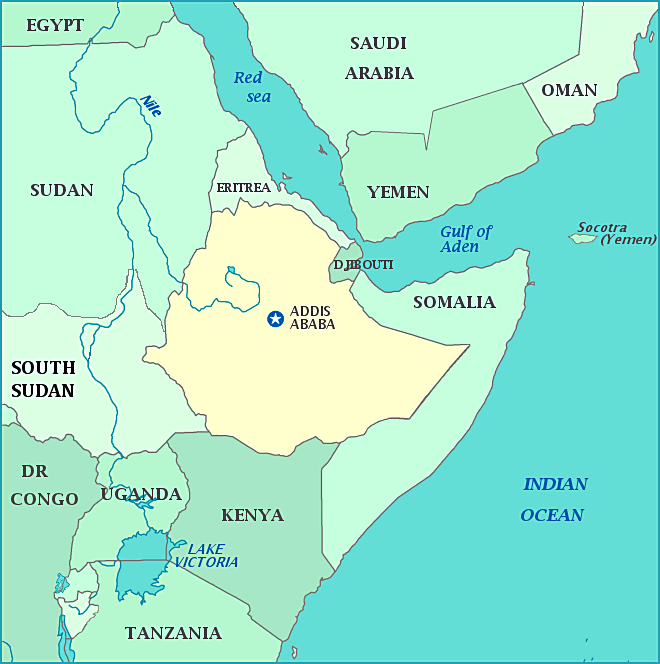I’ve
been pretty excited about this meal ever since I found these recipes. And it
seems like everything keeps coming up Ethiopia. First I saw a BuzzFeed list on the best Ethiopian foods to
try – which of course I’ve borrowed a few of their recipes. And then I saw a
new Ethiopian restaurant that’s being put in an old building across the street
from the Central Library in Indianapolis. I can’t wait until it opens. And now
that I’m feeling much better, I’m ready to eat!
Essentially,
Ethiopian food tends to be a layer of flat bread called injera and dollops of
various stews and dishes are placed on it. I’m making six different dishes that
generally don’t take too long to make (however, I made six, so it took longer
than I calculated). Forget the silverware – Ethiopians scoop up the food with
the bread. I am unfortunately
leaving out one of the most important part of Ethiopian cuisine: coffee. And that’s hard to believe for such a
coffee aficionado as myself to forget this part. But I did buy mead (honey
wine; albeit, its not their traditional wine called tej, which is a variant of
mead, but it’s close enough and still tasty).
 |
| Cool as... herbed cottage cheese. |
I
started the night before with making a couple of the easier dishes that are
served cold. I picked three cold
dishes and three warm dishes. The
first one I made was called iab.
It’s small curd cottage cheese, a little plain yogurt, lemon zest, salad
herbs (I didn’t know what this was – I added a little dried bouquet garni herbs
and a touch of tarragon, even though it’s probably not Ethiopian), dried
parsley, salt, and black pepper.
Stir it up, and it’s actually quite tasty. It’s good as a chaser to the spicier dishes.
 |
| I really don't care if no one likes this. It's all mine. |
Next,
I made an Ethiopian beet salad. Instead of buying actual beets and boiling
them, which takes forever, I bought some canned ones cut shoestring style,
mixed in some lemon juice (from the lemon I just zested), chopped shallot,
diced jalapeño, and a little salt and pepper. I love the spiciness of the
pepper, the sour of the lemon juice, and the sweetness of the beets. It was the
trifecta of deliciousness in my mouth.
 |
| Mmm, lentils. Really. I'm gonna get healthy on all this good food. |
I
also soaked some lentils overnight before for azifa. When they were ready, I boiled the lentils until they were
tender, drained them and mashed them a little. Then I mixed a little lemon
juice, a can of diced tomatoes, a chopped green chile, some onion, a little
salt and pepper, and a little bit of mustard. It’s served chilled. This one was really good – two thumbs
up.
 |
| Heck, I could put chicken or sausage in this and make a pretty meal out it it, too. |
Fossolia
is the first of the dishes served warm.
I started with sautéing onion until they were soft and then added a
little oil and some tomato paste and let “simmer.” It was really thick. After a minute, I added in the green
beans and carrots and let simmer covered for about 10-15 minutes – then I added
in a can of diced tomatoes, ginger, garlic, and some salt, letting it simmer again
until the vegetables were soft. I thought it was a little heavy on the
tomatoes, so maybe next time, I’ll only use a half can. But otherwise, it was really good.
 |
| OK, show of hands. Who doesn't like collard greens? If you raised your hand, just get out. |
The
next warm dish I made was called gomen wat. (I laughed at the name, because the
word “gomen” in Japanese means “I’m sorry.” However, there’s nothing to be
sorry about here.) I chopped some collard greens and put them in a pot with 2
cups of water and boiled them, reducing it once to let it simmer for about 20
minutes. Then I drained the water but kept a little in reserve. Then I sautéed onions in olive oil in a
separate pot, stirring in garlic and adding the collards back in with a tad
more olive oil and the reserved water.
After I let this simmer for 10-15 more minutes, I added in some diced
green pepper, lemon juice, salt, turmeric, paprika, allspice, and ginger, and
let it simmer until the green pepper was soft. I love collard greens, and I thought this was a really good
recipe. I might make this again,
but instead of green peppers, I might try to use baby bella mushrooms.
 |
| So good, so versatile. |
Finally,
time to make the bread. Actually,
I got the dough ready before I started cooking today. The true recipe calls for teff flour, but it was a little
harder to find, and since I only needed a ¼ cup of it, I went with an alternate
recipe. The dough consists of
white flour, wheat flour, and cornmeal with dry yeast and warm water mixed
together, and then allowed to rest for at least an hour (but luckily for me, it
can sit as long as 3-6 hours).
Once I was ready to make the injera, I gave it a good stir, slowly stirred
in some water to thin it out. I
sort of messed up the very first one, not fully realizing how quickly it will
cook, and it got stuck to the bottom of my skillet. So… with a lightly oiled
griddle, I added some of the thinned batter and cooked it (this time, I was
watching). Injera has been
described as being thicker than a crepe but not so thick as a pancake. It’s also important not to flip it:
it’s ready when the entire top is covered in bubbles and doesn’t look glossy
anymore. This allows the injera to be a light, airy flatbread, good for soaking
up food. I thought it had a good
flavor that complimented the food when picking it up. Sometimes I think wheat can taste really earthy, but I think
the mix of white and wheat flours cut it.
 |
| The final product. It certainly did not disappoint. And the scarf my mom bought me makes a cameo appearance since it's too hot to wear it now. It matched the food and begged to be included. |
While
the kids were a little leery about eating without silverware (even though they
do this at every other meal – they must’ve thought this was a
set-up for me to yell at them or something), I think they liked it. At least my
daughter and husband did. I’m not so sure about my finicky son. I am fascinated by this country and
really enjoyed doing this one. But now, as I finish my mead, this does mark the
end of the “E” countries, and now I need a new file folder for my recipes.
Up
next: Fiji
























(c:0).jpg)


